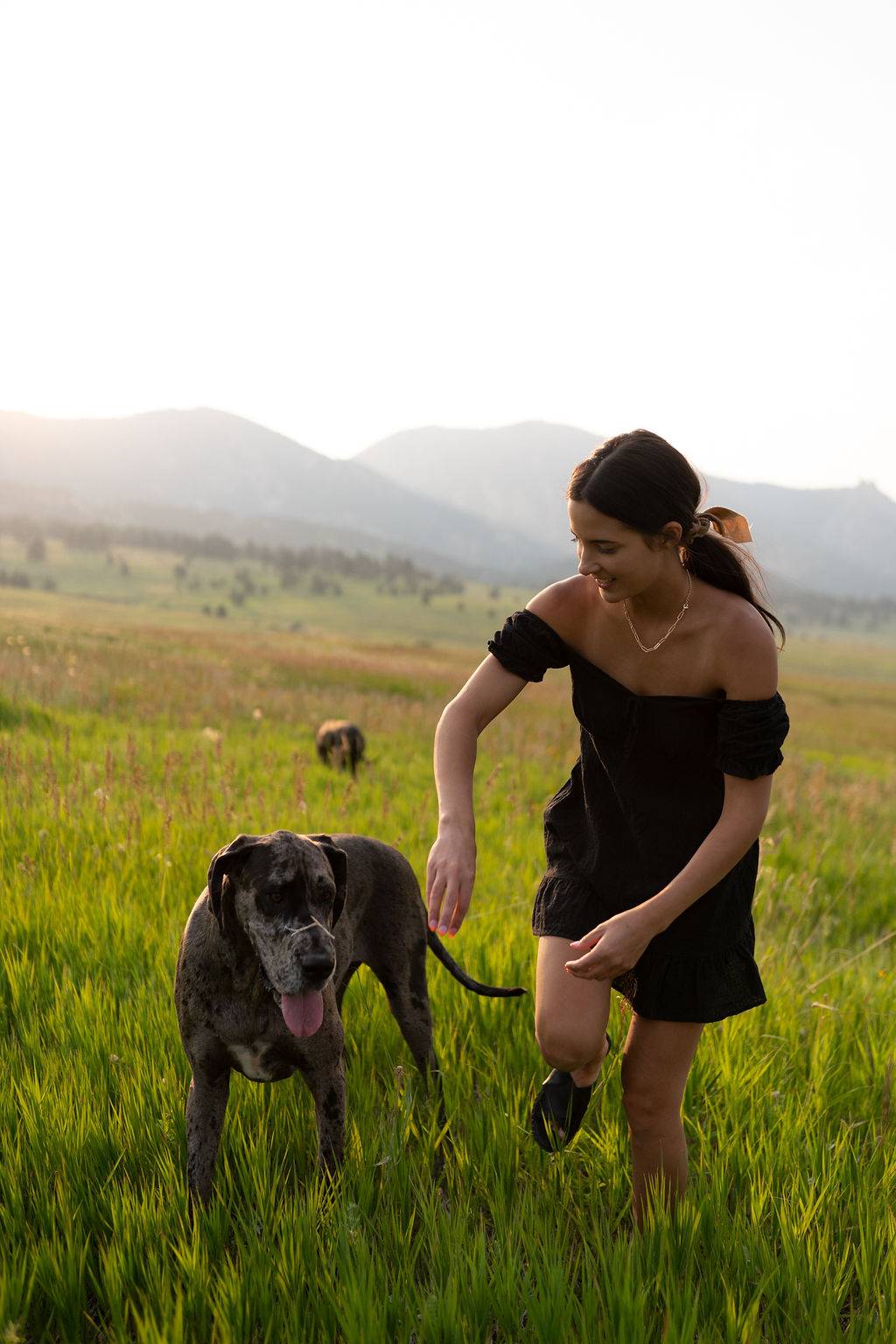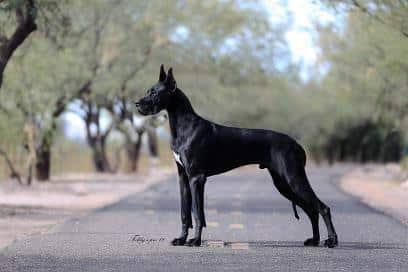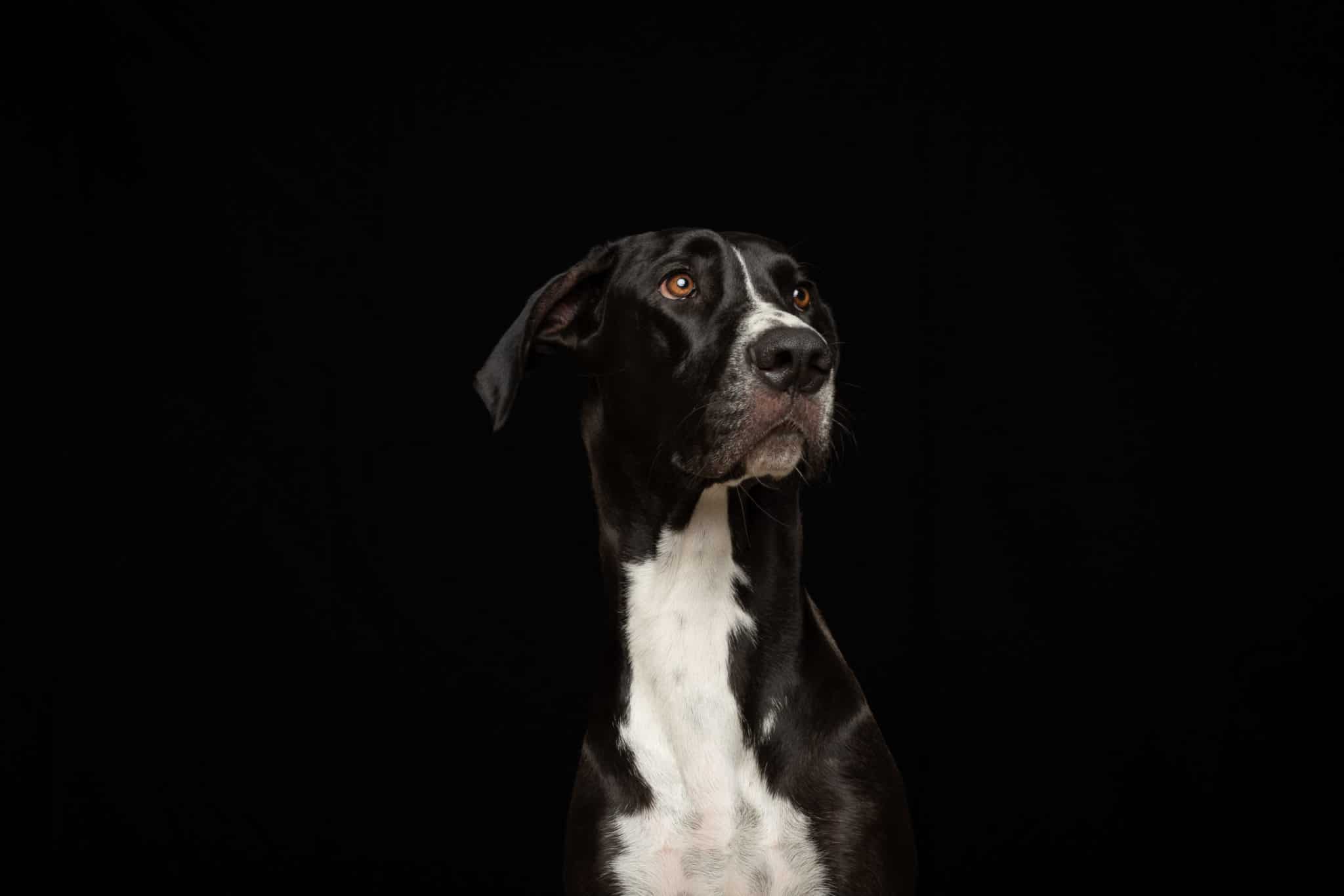
Great Dane skin bumps can be a common health problem that pup owners don’t need to worry about and they can also be a warning

Great Dane skin bumps can be a common health problem that pup owners don’t need to worry about and they can also be a warning

There is a lot of misinformation out there about Great Danes and chicken. Some people seem to think that Great Danes are susceptible to chicken

What is the Best Food for Dogs with Upset Stomach? Is the answer really so simple? WHAT IS THE BEST FOOD FOR DOGS WITH AN

Great Dane Dry Skin- a topic that many people struggle with. The winter months can be harsh on our skin, and the same is true

Which dog ear infection treatment is right for you? If your dog is constantly scratching his ears, it might be because he has an ear

Do Great Danes shed? If you have a Great Dane, you may already know the answer! Great Danes are BIG dogs and with big dogs